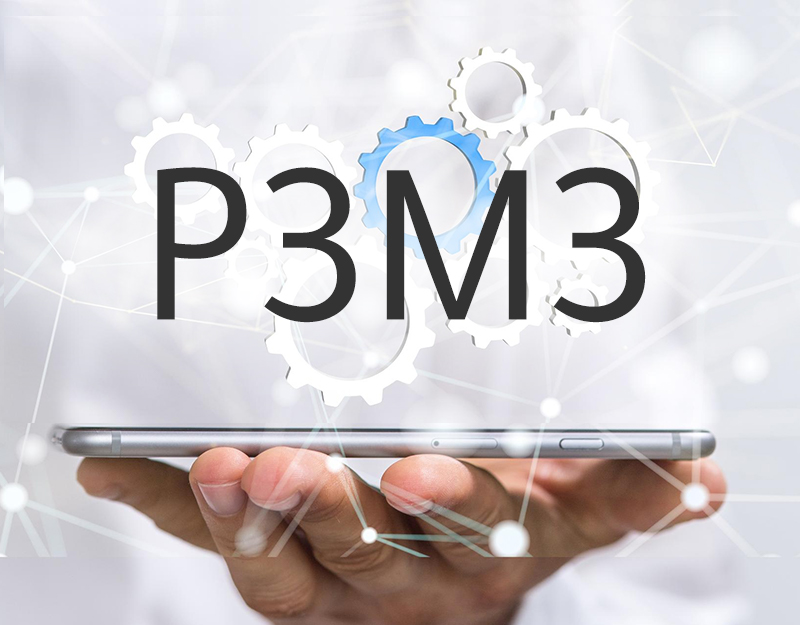In the world of business, the importance of project and program management is growing in achieving success and competitive advantage. Organizations face multiple challenges in implementing complex projects and managing diverse programs, hence the need for effective tools and frameworks to measure and improve project management performance.
Among these effective frameworks, the P3M3 model (Portfolio, Program, and Project Management Maturity Model stands out as a tool for assessing and developing project, program, and portfolio management in organizations. The P3M3 model serves as a strong reference point for measuring project management maturity and provides guidance to organizations to enhance their performance and achieve sustainability as centres of excellence.
In this article, we will delve into the P3M3 model in detail and shed light on how it is used in business and how to effectively establish it. We will provide a detailed explanation of the model’s concept and its different maturity levels, and we will also explore the benefits of using it and how to achieve improvements in portfolio, program, and project management.
What is P3M3 Model?
It is an integrated management framework divided into three main models: Portfolio Management (PfM3), Program Management (PgM3), and Project Management (PjM3). This framework stands out for its comprehensiveness and not being limited to procedural processes alone.
What is the Maturity Model?
The maturity model illustrates the organization’s or system’s ability to achieve continuous improvement. Essentially, maturity is judged based on the quality of the organization or system’s self-improvement practices.
Why should it be used?
By applying the P3M3® model, organizations can obtain the following results and benefits:
- Assisting organizations in identifying the level of maturity they need to achieve to meet their business needs and objectives.
- Establishing a baseline for organizational maturity in the portfolio, program, and project management, allowing organizations to objectively measure the extent of maturity improvement.
- Serving as an integral component for strategic evaluation of organizational efficiency.
- Enabling the identification of accomplishments through prior capability development.
- Facilitating logical and fair comparisons of organizational maturity levels, which can grant certification for a specific maturity level.
- Enabling the comparison of capabilities and maturity levels between organizations according to standardized criteria.
- Defining a roadmap for continuous development.
- Focusing on full organizational maturity rather than solely on a specific project (although successful project management can be achieved without a high maturity level, these cases are exceptional and not considered the norm).
- Providing an objective assessment of strengths and weaknesses within the organization.
- Offering logical justifications for investing in the development of portfolio, program, and project management infrastructure.
- Providing documentation of the organization’s maturity level.
- Demonstrating service quality to support proposals for potential clients.
- Reducing costs and enhancing final outcomes in portfolio, program, and project management.
What are the Sub-models?
The P3M3® assessment model consists of three sub-models. These three sub-models can be used independently or together to gain a complete understanding of organizational maturity levels:
- Portfolio Management: Total investment of the organization (or part of it) in the required changes to achieve its strategic objectives.
- Program Management: Focuses on the intersections between strategic direction, project delivery, and operational effectiveness. Mature organizations understand and effectively manage these intersections.
- Project Management: Project management is conducted through a visible and defined set of activities, from well-defined project initiation to execution, delivery, and formal closure and review.
What are the Key Elements?
The key elements are groups of relevant processes and concepts that are collectively assembled under seven elements. These concepts are utilized in all three models and, at each maturity level, have specific attributes that illustrate the organization’s actions at that particular level of maturity.
- Organization Governance
- Management Control
- Benefits Management
- Risk Management
- Stakeholder Management
- Financial Management
- Resource Management
Maturity Levels:
- Process Awareness: The process awareness level usually starts by identifying the strategic intent of the organization. This is where the organization can use gap analysis or balanced scorecards, which typically reveal long-term goals spanning five years.
- Process Repeatable: The repeatable process redefines where the organization wants to be within the next five years.
- Process Defined and Characterized: The definition process, where what needs to be done within the project is identified, as well as the long-term objective refinement. During this level, short-term goals become more apparent.
- Process Managed: The management process involves managing all projects, including the project manager’s responsibilities, when sub-tasks should be completed, who oversees and corrects and assesses. These are just a few of the basic questions that fall under the project manager’s responsibilities. Another part of the management process is comparing similar projects, creating clarity when it comes to setting priorities.
- Process Optimized: The optimization process, which is the final maturity level in P3M3, focuses on achieving the optimal outcome. This means that corrections and changes are necessary to achieve the best results using assessment tools that enable organizations to evaluate processes in general. This level focuses on financial status, quality, and project planning.
Benefits of Using the P3M3 Model in Business:
- Performance Improvement: Organizations can use the P3M3 model assessment results to identify areas that need improvement and develop the performance of the portfolio, program, and project management.
- Achieving Excellence: The model provides a framework for achieving excellence in portfolio, program, and project management. Organizations can work on improving their performance and adopting advanced practices to achieve high maturity.
- Strategic Alignment: The model helps align business strategies related to portfolio, program, and project management and identifies the required future investments.
- Standardization: The model can be used to standardize standards and practices in portfolio, program, and project management within the organization, leading to better coordination and coherence among different projects.
To effectively establish the P3M3 model, the organization should take the following steps:
- Define Model Goals and Requirements: The organization needs to define the goals it wants to achieve through implementing the model and identify the necessary requirements.
- Assess Current Maturity: The organization should assess the current level of maturity in the portfolio, program, and project management within the organization using the model.
- Identify Gaps and Performance Analysis: The organization should analyze the assessment results to identify gaps in portfolio, program, and project management performance and determine the key reasons for these gaps.
- Develop an Action Plan: Based on the gap analysis, the organization should develop a detailed action plan to improve the performance of the portfolio, program, and project management. Sub-objectives should be defined, and appropriate responsibilities and timelines should be set to achieve them.
- Implement the Plan and Monitor Progress: The organization should implement the action plan and ensure its proper and effective execution. Progress should be monitored regularly, and necessary adjustments should be made when needed.
- Continuous Evaluation and Improvement: After implementing the plan, the organization should conduct periodic evaluations of the performance of portfolio, program, and project management and identify any new gaps or improvement opportunities. Continuous improvement processes should be repeated to ensure the achievement of the best results.
The P3M3 model is a powerful tool for assessing and improving portfolio, program, and project management in organizations. By adopting this model, organizations can achieve excellent performance in managing their portfolios, programs, and projects and effectively fulfil their strategic objectives.
At Synixel, we strive to achieve performance for our clients with the best strategies. We work on identifying gaps, improving performance, enhancing sustainability, and achieving excellence. Implementing the mentioned steps of the P3M3 model is one of the Excellence Consulting we offer.

